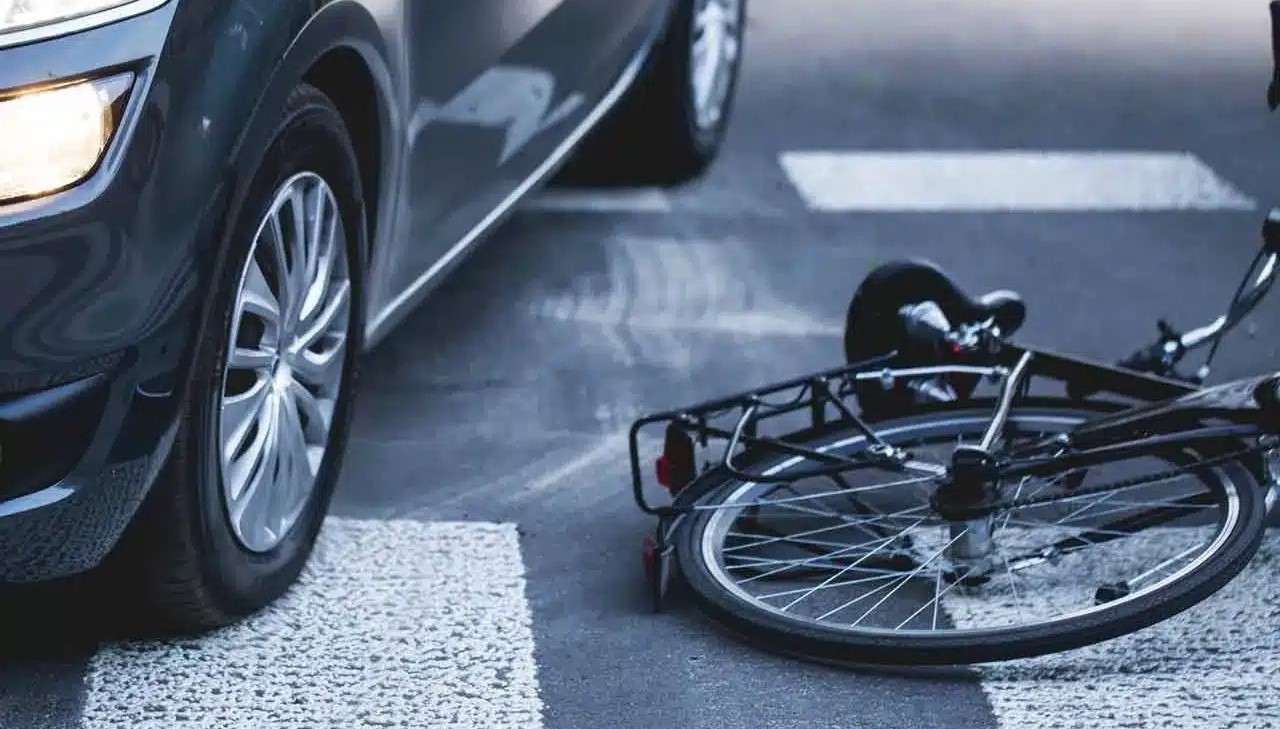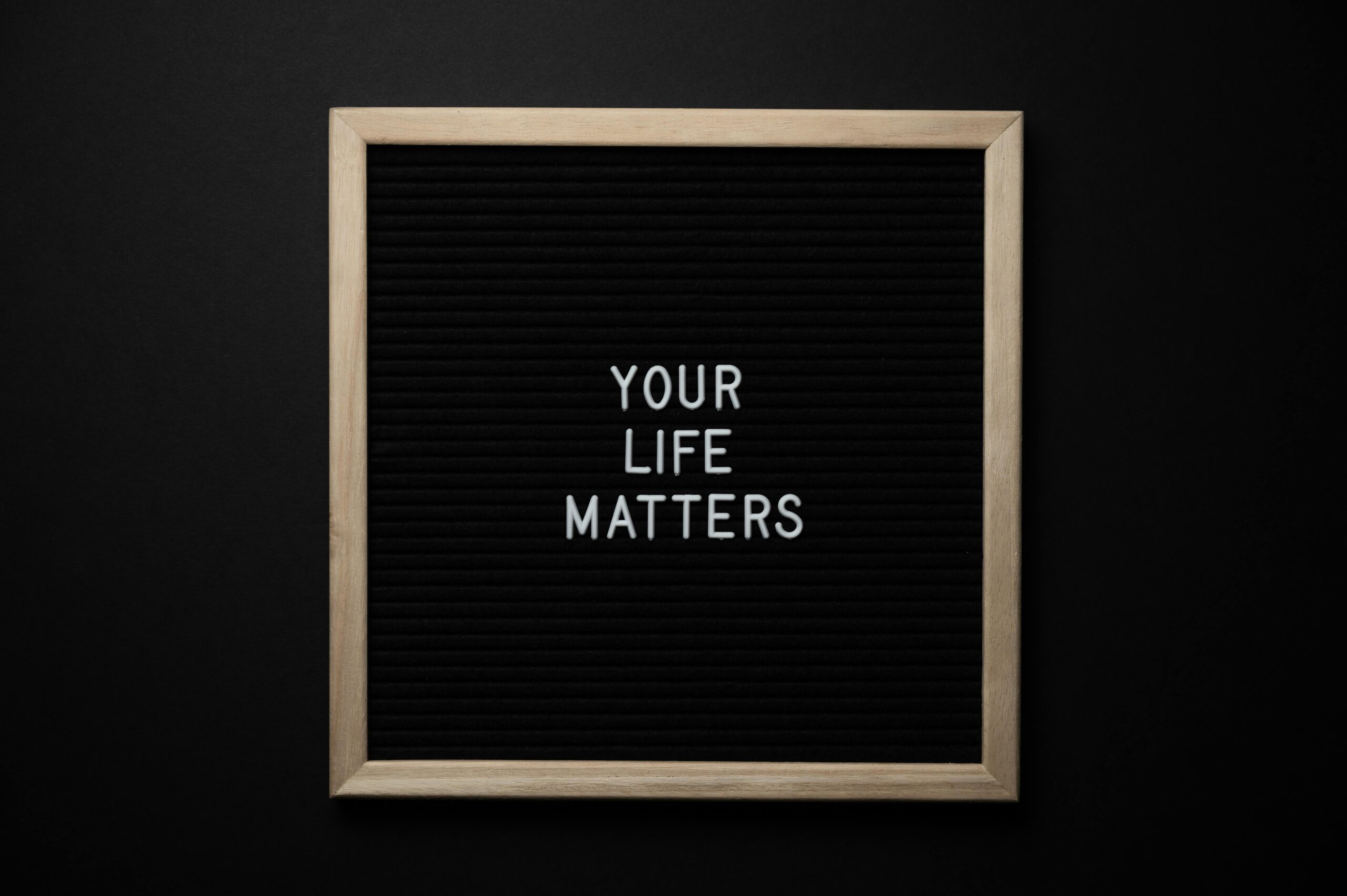Bicycle Accident Lawyer
Bicycle Accident Lawyer
Road bicycling is getting increasingly popular. As the number of bicyclists rises, so does the number of bicycle-related road accidents in the United States.
While modern cities and infrastructures are designed to follow road safety measures, two-wheelers are typically less protected than others in a collision. Until a universal sense of responsibility and awareness develops in all motorists, bicycling will be a risky for both bicyclists and motorists.
Bicycle Accidents in the United States: Facts & Statistics
Though the average number of bicycle-related crashes is decreasing in the United States, the number of fatalities is rising. The number of lethal bicycle accidents and fatal injuries has increased by 30% in the past 10 years.
857 bicyclists died on US roads in 2018, an increase of 6.3 percent and 2.1 percent of all traffic fatalities during the year. This is the highest number since 1990 when it was 855. (It was 1,003 back in 1975).
Bicycle helmets reduce the risk of head injury by 60% and brain injury by 58%.
Approximately over 800 people die each year in a pedalcyclist related traffic crash.
According to the figures, bicycle accidents are more common and far deadlier in urban areas.
Men are 8 times more likely to die in a bicyclist crash.
What is Statistically Safer, Driving a Car or Riding a Bicycle?
Just like anything else, there are advantages and disadvantages to bicycle commutes. The risks depend upon your environment, road maintenance status, and other motorists.
Statistics show that the number of bicycle-related accidents is steadily on the rise since 2012. Approximately, more than 750 people die in bicycle accidents every year in the United States. Although the number of bicycle accidents is less than motor vehicle accidents, the fatality index demonstrates more risk for bicyclists.
Bicyclists are armed only with helmets for the most part. Meanwhile, motorists typically sustain less-lethal injuries because of seatbelts, heavy bumpers, or airbags. Even if the number of bicycle accidents is much lower than car accidents, each fall or crash can be deadly.
Common Causes – Types of Bicycle Accidents
Motorist’s Inattention
With the rise of texting and smartphone usage, drivers across the United States are more distracted than ever. In most bicycle-motor crashes, the motorists have been failing to pay attention or under the influence of alcohol or drugs.
Neglecting the Rules
Call it negligence or ignorance, most motorists and riders are unaware of road safety features and traffic rules. Negligence caused by failing to obey the right of way at intersections and roadways is a common reason behind accidents.
Rider’s Inexperience
Bicyclists are more vulnerable and inexperienced bicyclists are less conscious about safety. As they have little to protect them, bicyclists need to be more cautious while riding. A bicyclist’s reckless behavior, inattention or distraction caused by smartphones, headphones, sudden moves into the crossways, and riding outside of the bicycle lane are common reasons for bicycle accidents.
Poor Road Maintenance
A large number of all bicycle-related accidents happen because of poor maintenance and rough road quality of the bike lanes and roadways.
Riding in the Dark
Unfortunately, more than 50 percent of the accidents occur in the dark hours, especially in foggy winters when days get shorter and nights fall longer. . As road visibility is low at night, bicyclists become more vulnerable to accidents even with reflective gear.
Bicycle Accidents: What to Do After the Crash
Seek expert medical help
Many bicyclists sustain significant harm after they are struck from a motor vehicle. A medical professional can examine your body carefully for all injuries and ensure you do not make things worse for your body.
Contact the Police
The adverse driver may have broken the law. You should contact the police at the scene of the accident so the scene is fresh. The sooner you contact the police, the sooner you can file a report, and the sooner the evidence can be recorded and preserved. Make sure you record your recollection of the accident with as much detail as possible while your memory is still fresh.
Collect information
Try to get the ID of the motorist, license plate number, and any witnesses. If possible. If you are injured badly, you may ask for help from the police or a witness. You should also take photos of your bicycle damage, injuries, and car.
Seek advice from an experienced bicycle accident lawyer
Filing a police complaint, recording a statement, or filing a compensation claim can be intimidating on top of recovering from bodily injuries. You should contact a professional bicycle accident lawyer for a free evaluation.
Is it safe for the rider to ride bike with traffic?
It might seem safer when you ride against the traffic as you can see who is coming, but what seems safe isn’t always safe practically. Many bicyclists believe it would save them from careless drivers if they get a glance of rash driving from a distant view, but the statistics do not stand with such philosophy. Many arguments suggest that riding against traffic makes you more vulnerable to fatality and that riding with traffic is the safer route.
Who Is at Fault—Bicyclist or Driver? Liability for Bicycle Accidents at Intersections
A bicycle is typically deemed as a “vehicle” and just like the car drivers, cyclists are also expected to act responsibly on the roads. In most car-bike accidents, liability is held on the basis of “right of way.” In most cases, liability is shared by both the parties, but if a motorist’s defense is strong in the court that signal was in his favor thus granting him the “right of way,” the cyclist can be held for violating traffic rules. That’s why seeking an expert bicycle accident attorney’s help at the onset of your case is crucial. If the cyclist wants to prove the motorist at fault, he or she must present evidence of negligence.
Bicycling Rules in the United States
Like a motorist, a cyclist also has to follow the rules of the road:
A cyclist should never ride against the traffic but should go with the flow. In the US, that’s on the right.
A cyclist should follow traffic signs, walk/wait/stop signals, assigned lanes, and among other road markings.
As with driving a motor vehicle, a cyclist should stay alert and look carefully before taking a turn and should make a signal.
Get a Free Evaluation for Your Bicycle Accident Case
A bicycle accident lawsuit can be complicated The process begins right from the scene and may involve police reports, medical reports, bicycle damage, medical bills, and, based on your facts and circumstances, you can even demand punitive damage along with the compensatory damage. An accident attorney may help you gather, present, and admit the relevant evidence in a lawsuit.
GET YOUR FREE CASE EVALUATION TODAY
We will get back to you as soon as we can and remember, no fee until we win.






